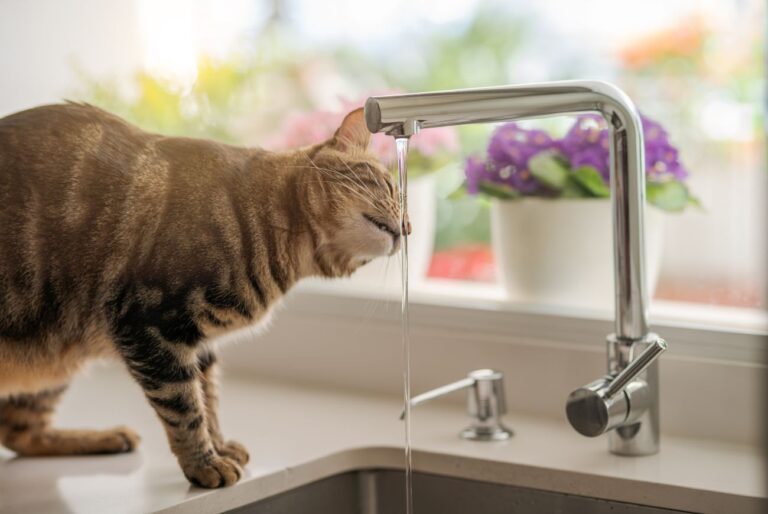Do Outdoor Cats Need Houses? Pros and Cons of Temporary Shelters
Outdoor cats, whether they are feral, stray, or free-roaming pets, face many challenges when living outside. While some people assume that cats can fend for themselves, providing a safe and insulated shelter can make a significant difference in their well-being, especially during harsh weather conditions. But do outdoor cats actually need houses? And if so, are temporary shelters a good option?
Let’s break down the pros and cons of temporary cat shelters to help you decide whether they’re necessary for your local outdoor felines.
The Importance of Shelters for Outdoor Cats
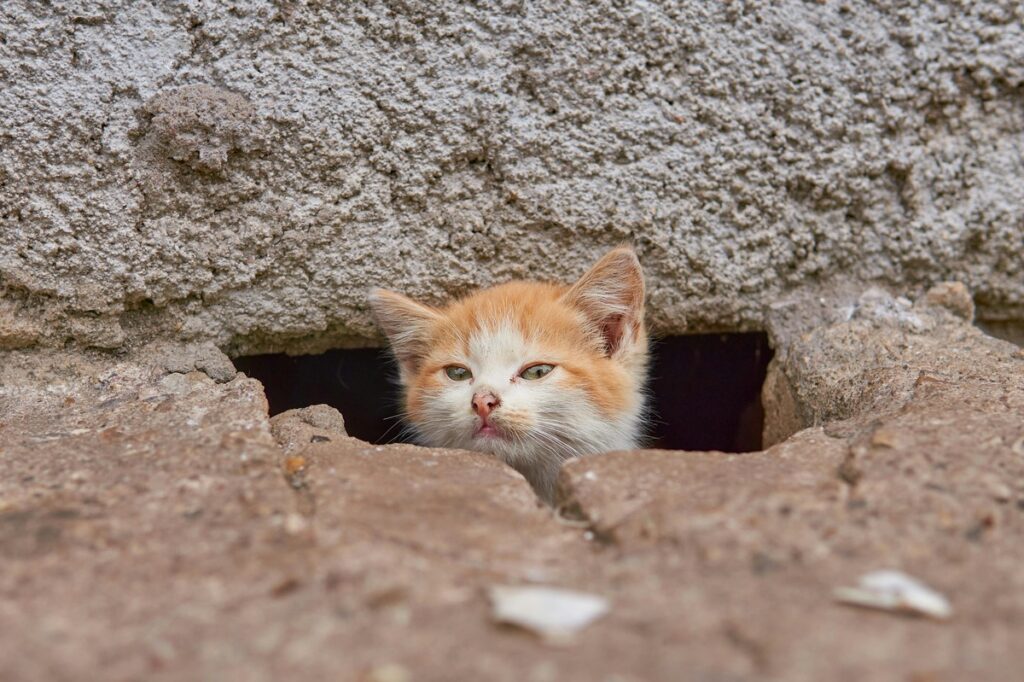
Outdoor cats are exposed to cold temperatures, rain, snow, predators, and other dangers. While some can find shelter in barns, garages, or abandoned buildings, not all outdoor cats have access to safe hiding spots.
Providing a shelter helps to:
• Keep them warm during winter
• Protect them from rain, wind, and snow
• Offer a safe space away from predators
• Reduce health risks associated with exposure to extreme weather
Temporary shelters can be simple, low-cost structures that offer protection and comfort without requiring a permanent setup. That being said here are the pros of temporary outdoor cat shelters:
1. Provides Protection From Harsh Weather
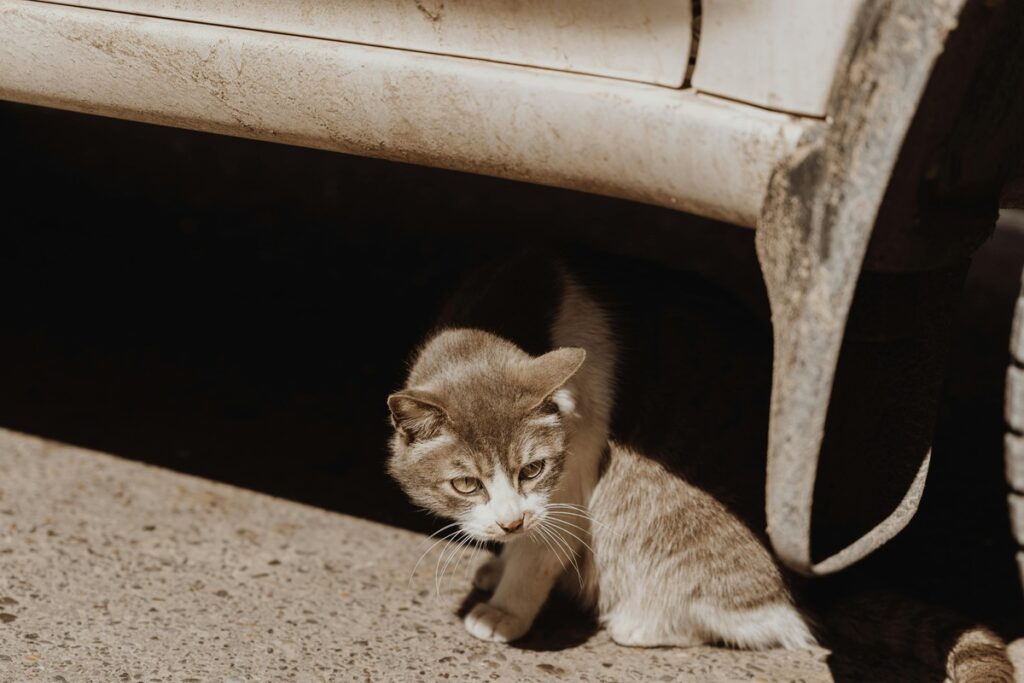
Cold temperatures, strong winds, and heavy rain can be dangerous for outdoor cats. Temporary shelters offer insulation and a dry space, keeping them warm in the winter and cool in the summer.
A well-built shelter with straw bedding and a windproof entrance can help cats survive freezing temperatures that might otherwise be fatal.
2. Keeps Cats Safe From Predators
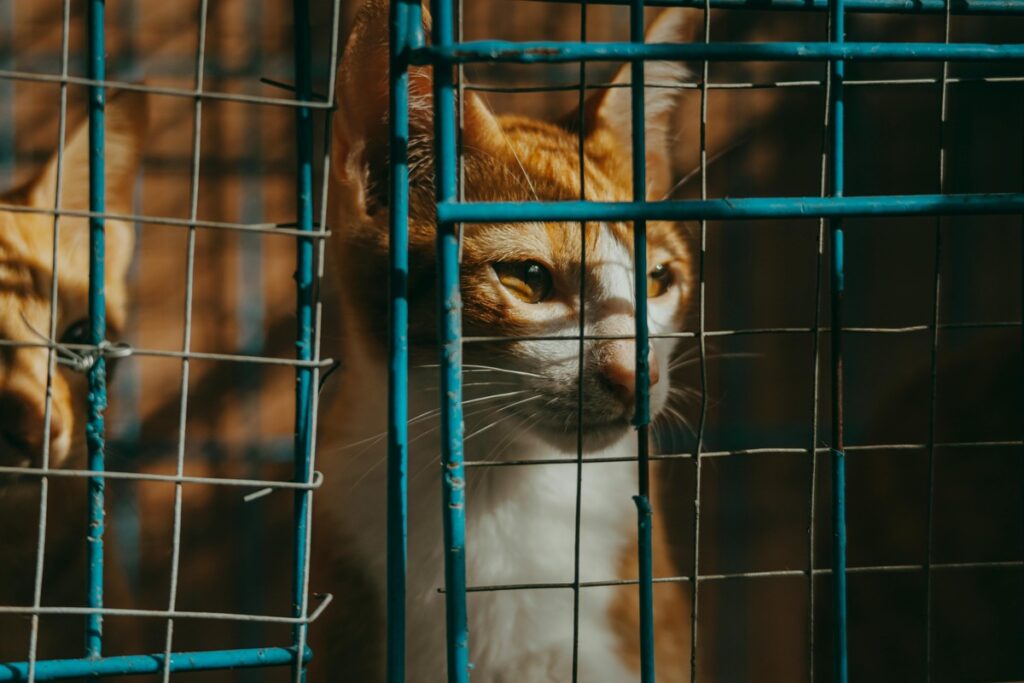
Outdoor cats are vulnerable to coyotes, dogs, raccoons, and even aggressive humans. A shelter provides a secure hiding place, allowing cats to escape danger and rest safely.
Positioning shelters in low-traffic areas and away from roads can further reduce their risk of injury.
3. Reduces Disease and Illness Risks
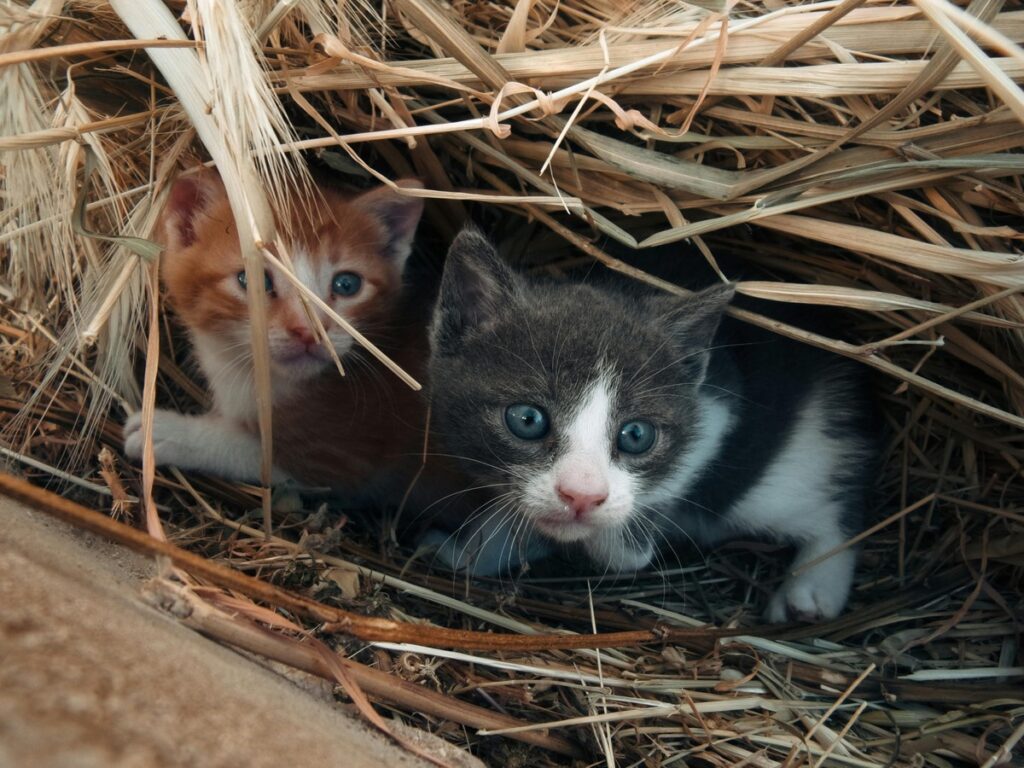
Exposure to cold rain, snow, and freezing temperatures can lead to respiratory infections, frostbite, and weakened immune systems. By providing a dry and insulated space, you can help outdoor cats stay healthier and less vulnerable to illness.
Additionally, keeping food and water near shelters can prevent dehydration and malnutrition.
4. Helps Control Cat Populations

Shelters are often used in conjunction with Trap-Neuter-Return (TNR) programs, which help stabilize and reduce feral cat populations. A designated shelter can encourage spayed/neutered cats to stay in a safe area, preventing them from moving to riskier locations.
5. Can Be Built Cheaply and Easily
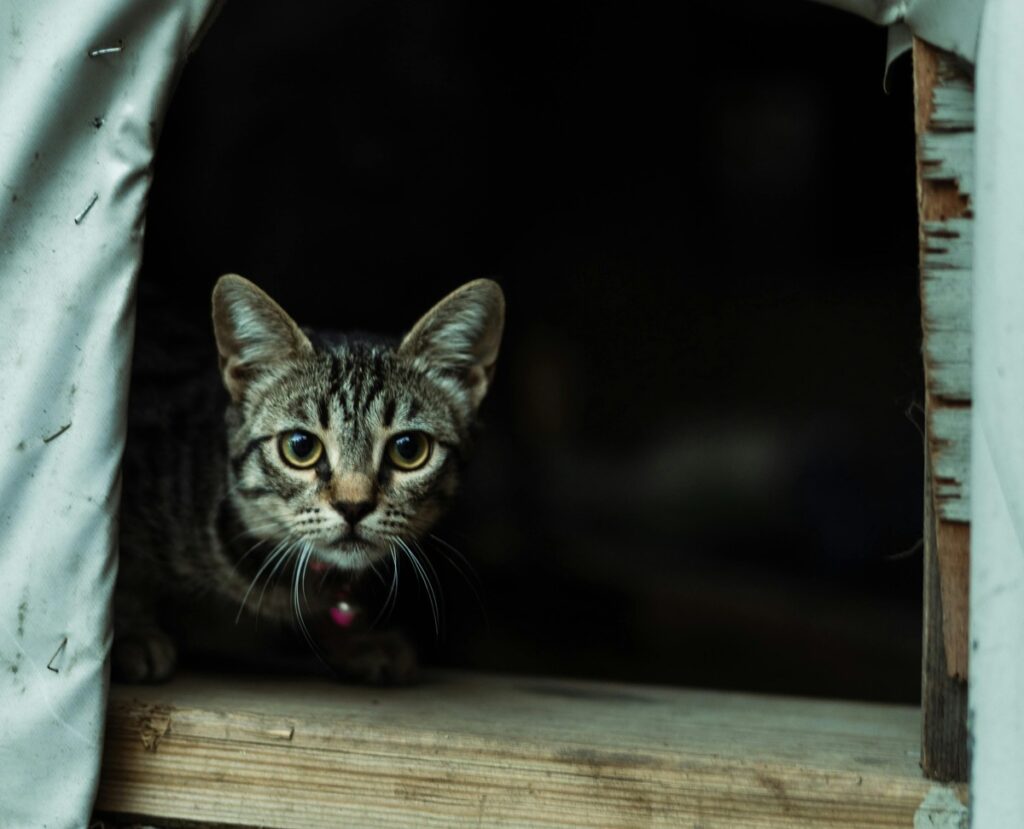
Temporary cat shelters can be made from storage bins, wooden crates, styrofoam coolers, or repurposed materials. They are a cost-effective and simple way to provide protection without requiring expensive construction.
Some animal welfare groups and cat rescues even provide free or low-cost shelters for community cats. Now lets take a look at the cons of temporary outdoor cat shelters.
1. May Attract Other Animals
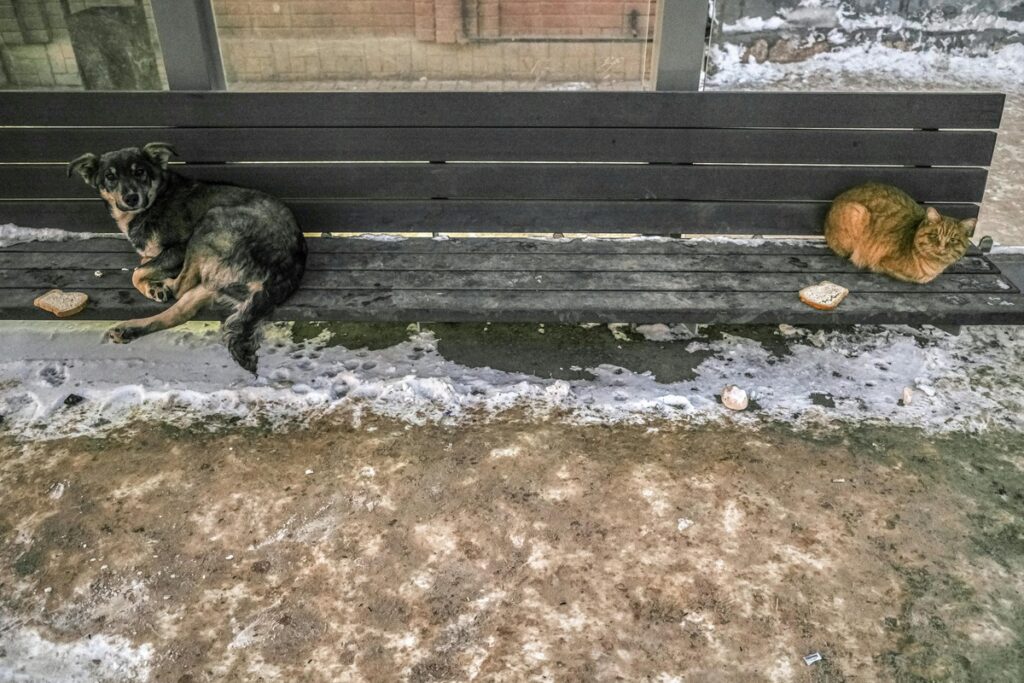
One downside of providing an outdoor shelter is that other animals, such as raccoons, opossums, or skunks, might move in. This can lead to territorial disputes, food competition, or unwanted pests.
To prevent this, consider placing the shelter in a discreet location and using a small entrance hole (5-6 inches wide) that only cats can fit through.
2. Can Be Hard to Maintain
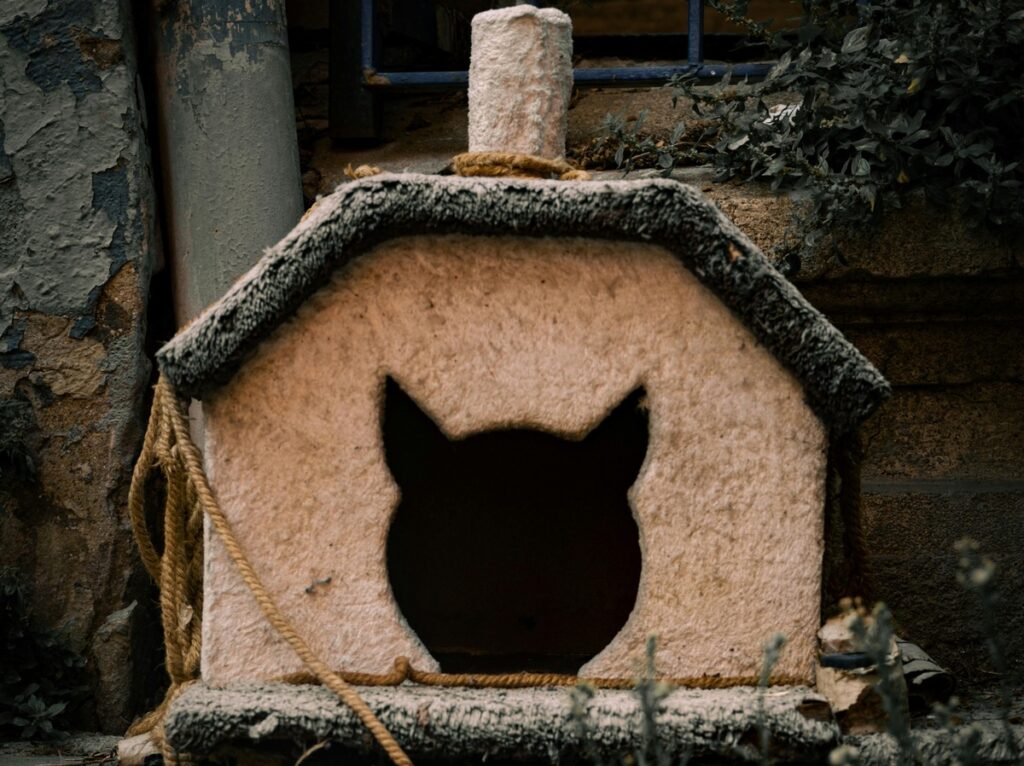
Outdoor cat shelters need regular cleaning, fresh bedding, and occasional repairs. If not properly maintained, they can become damp, moldy, or infested with insects.
Using straw instead of blankets for bedding helps reduce moisture buildup, and checking the shelter every few weeks ensures it stays in good condition.
3. Not All Cats Will Use Them

Some outdoor cats prefer to find their own hiding spots, especially if they are feral and distrust human-made structures. It may take time for them to feel comfortable using a shelter.
Placing the shelter in a quiet, hidden area and baiting it with food or catnip can encourage skittish cats to check it out.
4. Can Cause Issues With Neighbors

If you live in an area where outdoor cats are not widely accepted, a visible shelter may cause tension with neighbors. Some people see stray cats as a nuisance, and providing a shelter could draw unwanted attention to their presence.
To avoid issues, consider placing the shelter in a discreet location and maintaining good relationships with neighbors by addressing any concerns they may have.
5. Not a Permanent Solution
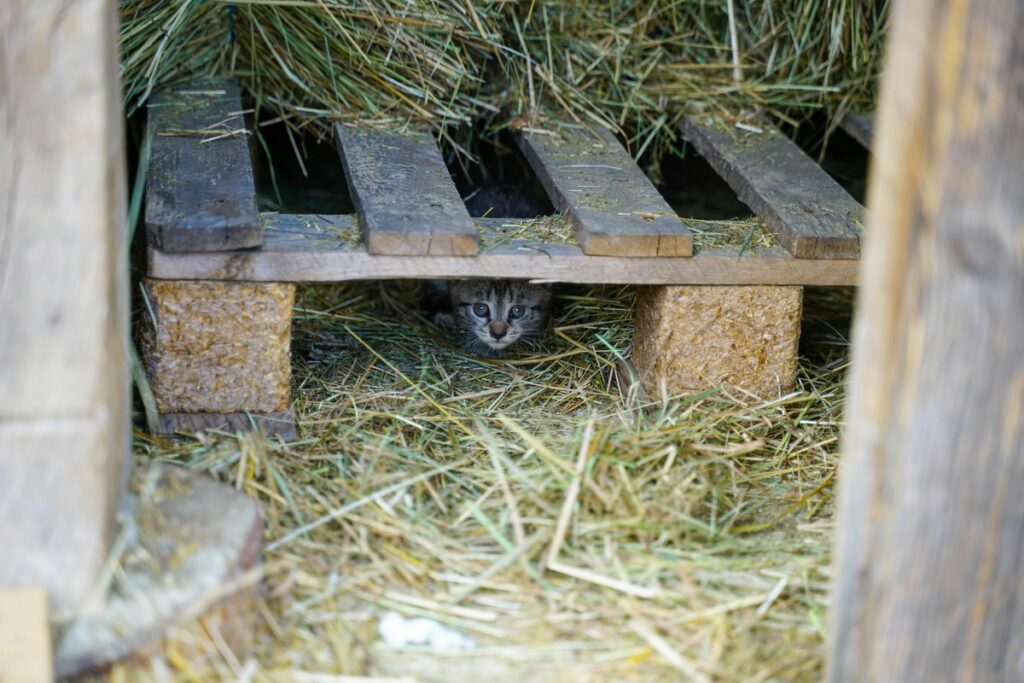
While shelters provide temporary protection, they don’t solve the larger issue of outdoor cat populations. Without TNR programs and responsible pet ownership, the cycle of homeless cats struggling outdoors will continue.
Do Outdoor Cats Need Houses?
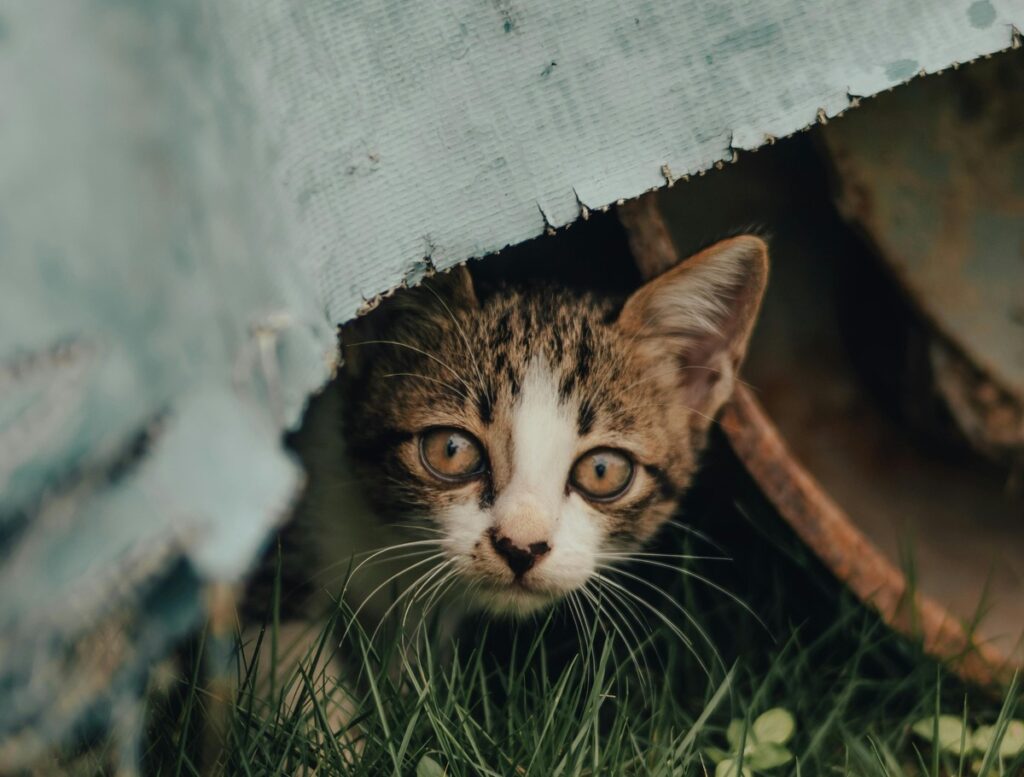
Yes, outdoor cats greatly benefit from shelters, especially in cold, wet, or unsafe environments. Temporary outdoor shelters can provide warmth, protection, and safety, but they come with maintenance requirements and potential drawbacks.
For those who want to help outdoor cats, the best approach is a combination of safe shelters, regular feeding, and Trap-Neuter-Return programs to ensure these cats are protected while also reducing overpopulation.
If you care for outdoor cats, consider setting up a simple, insulated shelter in a safe location—it could make all the difference in their survival.




